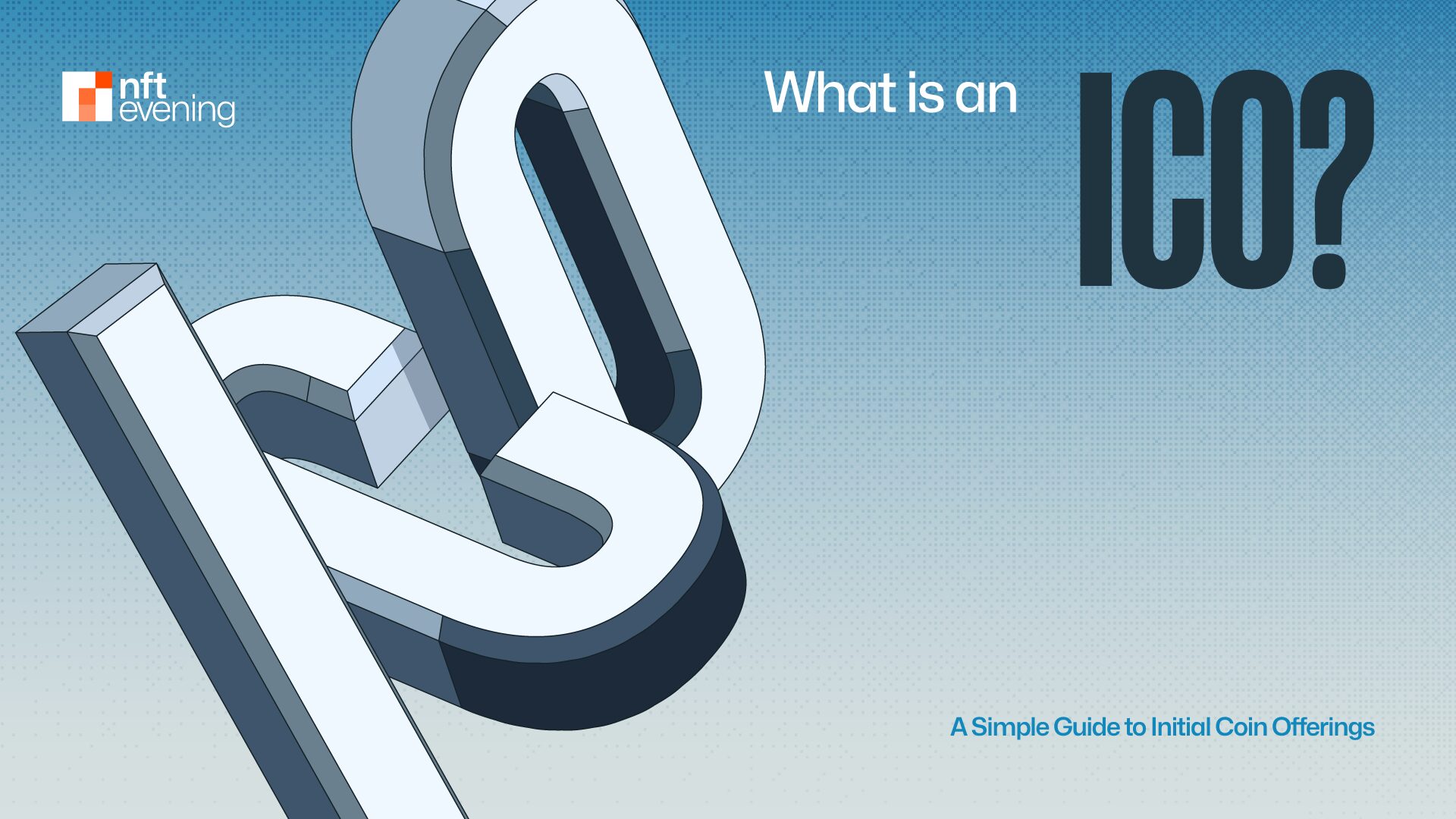Now Reading: Initial Coin Offering (ICO): What It Is, How It Works, and Examples
-
01
Initial Coin Offering (ICO): What It Is, How It Works, and Examples
Initial Coin Offering (ICO): What It Is, How It Works, and Examples

In the past, funding a new business meant pitching to venture-capital firms or going through a complex initial public offering process, which required a certain level of establishment and success. However, the landscape changed drastically in 2013 with the emergence of blockchain projects. This new approach, known as initial coin offerings (ICOs), allowed new projects to raise capital by selling newly minted tokens directly.
ICOs have since become a popular method for raising funds for billion-dollar ventures as well as experiencing some failures in the realm of crypto finance. These token sales have supported various projects ranging from metaverse games to decentralized exchanges, offering early contributors a stake in the project’s future utility or governance.
For those interested in participating in an ICO or launching their own, it is essential to understand how these token sales function, the associated risks, and how they compare to traditional fundraising methods. This comprehensive guide aims to demystify ICOs, examine past ICO campaigns, and provide a checklist for evaluating opportunities based on their merits.
An ICO, or initial coin offering, is a crowdfunding method used for blockchain projects. Instead of issuing equity like traditional startups, an ICO raises capital by selling tokens. These crypto assets are typically generated from the utility or governance allocation on platforms like Ethereum, BNB Chain, or Solana.
Early buyers can exchange established cryptocurrencies for these new tokens at a special price, providing funding for development while potentially benefiting from any future success of the project. ICOs usually take place before a project is fully developed, allowing contributors to speculate on future utility points such as access to services or governance rights.
While regulatory scrutiny around ICOs has increased, particularly in the United States, where tokens risk being classified as unregistered securities, they continue to thrive in jurisdictions that embrace innovation. ICOs offer global reach, swift settlement via smart contracts, and transparent funding records on public blockchains.
However, the minimal barriers to entry in ICOs come with heightened risks of scams, exaggerated roadmaps, and poorly audited code. Successful ICOs strike a balance between ambitious visions, tangible progress, transparent tokenomics, and clear legal disclosures.
In contrast to traditional fundraising methods like angel rounds, venture capital, and IPOs, ICOs streamline the issuance and settlement processes through smart contracts, enabling projects to raise substantial funds in a short period from a global pool of contributors. While ICOs offer lower fees and greater equity retention for founders, investors receive limited ownership rights and legal protections.
Launching an ICO requires a team with technical expertise, legal counsel, marketing specialists, and auditors. Consideration of jurisdiction, treasury management, tokenomics design, and white paper creation are crucial steps in the ICO process. ICOs democratize fundraising but also expose participants to regulatory uncertainties, scams, information asymmetry, extreme volatility, and reputational risks.
Examples of successful ICOs include Ether, Filecoin, Binance Coin, Tezos, and EOS, each raising significant amounts to fund their respective projects. When launching an ICO, concept validation, jurisdictional considerations, legal structuring, tokenomics design, white paper creation, private and public sale rounds, and post-sale liquidity strategies are key elements to address.
In summary, ICOs differ from IPOs in terms of regulation, availability, time and cost, and transparency. Understanding the nuances of ICOs, conducting thorough due diligence, and adhering to legal guidelines are crucial for both project initiators and investors looking to participate in this innovative fundraising method.






